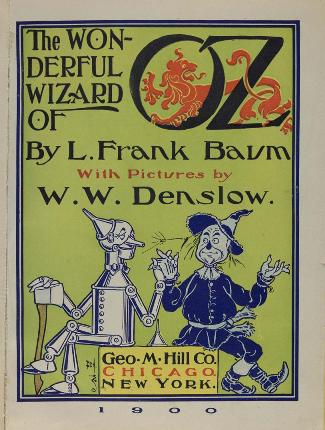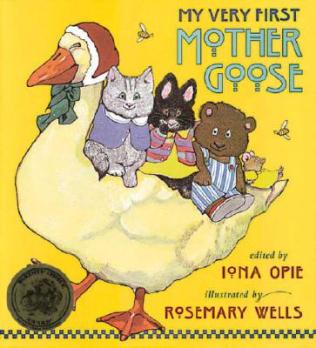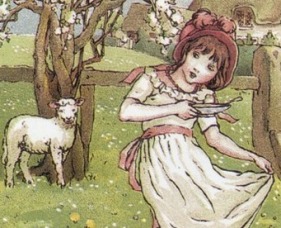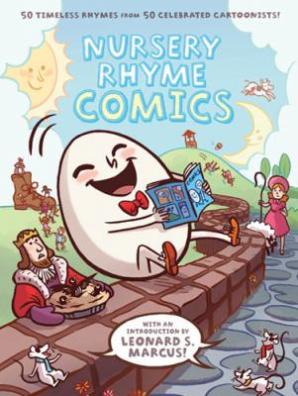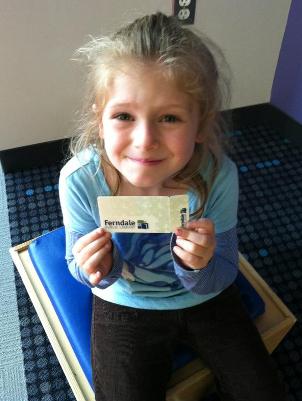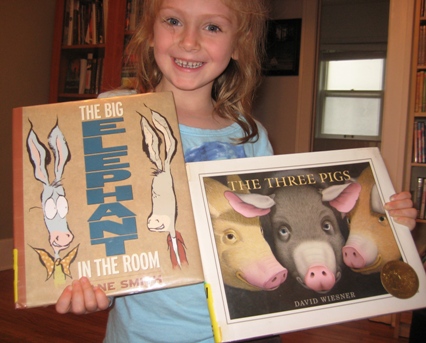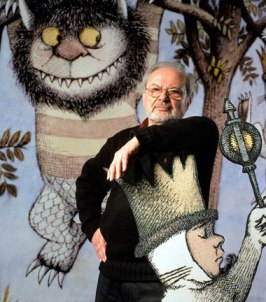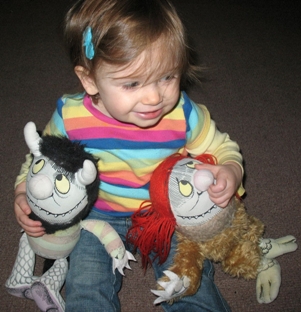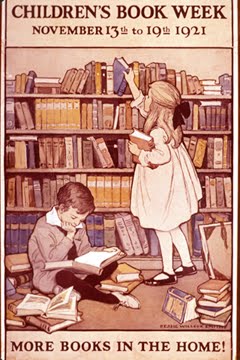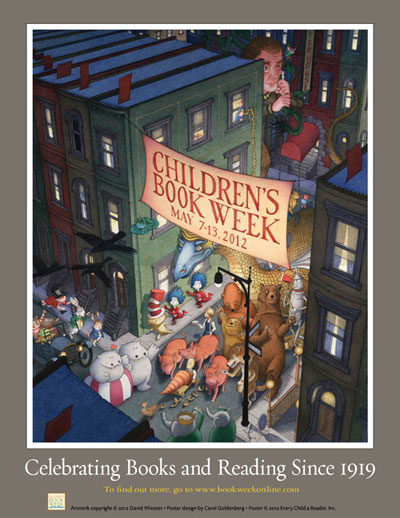Today would’ve been the 156th birthday of L. Frank Baum, the visionary author best known for his landmark children’s novel, The Wonderful Wizard of Oz, and everything else that spun off from that wild American fable about a young woman named Dorothy carried by a cyclone into the magical world of Oz. And, by “everything else,” I’m, of course, talking about more than just the 17 or so subsequent Oz books that were published both before and after Baum’s death. The Wonderful Wizard of Oz was a critical and commercial literary phenomenon, Baum adapted it himself into an acclaimed stage musical, The Wizard of Oz became one of the (if not THE) most famous movies of all time, Dorothy and her friends have become pop culture icons, there have been comic books, novels, musicals, video games, movies, mini-series, toys, clothing lines… all from that one little new-world fairy tale that L. Frank Baum and his illustrator W. W. Denslow published in 1900.
There’s a wonderful essay on the legacy and power of Baum’s Wonderful Wizard of Oz at Anita Silvey’s Children’s Book-a-Day Almanac today that can tell you far more about the Oz books that I can. I don’t own any of the Oz books, though I’ve come close to buying my daughter a copy on several occasions. Even though we haven’t read it yet, The Wizard of Oz is definitely on her radar – largely, I’ll admit, because of the movie. However, movie aside, I think that the story of Oz has evolved into one of those modern storytelling landmarks, the kind of story that just seeps into our collective unconscious without us really knowing how it got in there. My daughter has only watched about 60% of The Wizard of Oz movie – the witch and flying monkeys freak her out – but, even before that, she knew who Dorothy Gale was, she knew the Scarecrow, the Tin Man, the Lion, and she understood the “ignore the man behind the curtain!” reference. To me, when a story becomes that ubiquitous, it moves out of the realm of being a “really great kids’ book” and moves into the realm of folklore, myth, and legend.
And that might be exactly what Baum had hoped would happen. Let me explain…
If you want a really cool way to celebrate Baum‘s birthday today, I’d suggest going to the Library of Congress’ Read.gov. On this excellent site – which does a wonderful job promoting literary and the joy of reading – the Library of Congress has included some remarkable, high-quality digital scans of original editions of classic children’s titles, including L. Frank Baum and W. W. Denslow‘s The Wonderful Wizard of Oz. Thanks to the Library of Congress, you can page through the entire text of The Wonderful Wizard of Oz (or download a PDF of the entire book) and experience it in the same way that a reader would’ve experienced it in 1900. (Denslow’s illustrations are a particular highlight.) You can click here for some basic information on the edition and you can CLICK HERE to go right to the digital version of The Wonderful Wizard of Oz.
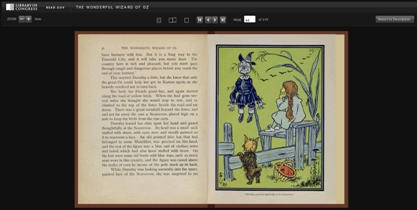
The Library of Congress has a fantastic digital version of "The Wizard of Oz" that you can download or read online for FREE
One of my favorite things about this edition of The Wizard of Oz is the original introduction that Baum wrote for the text. In his ambitious introduction – which is dripping with equal parts compassion and hubris – Baum states that he hopes that his story can be seen as a “modernized fairy tale” and makes an interesting argument for rejecting the “fearsome morals” of the earlier Brothers Grimm and Hans Christian Andersen fairy tales. Here’s what Baum wrote: [read the rest of the post…]
{ 3 comments }
